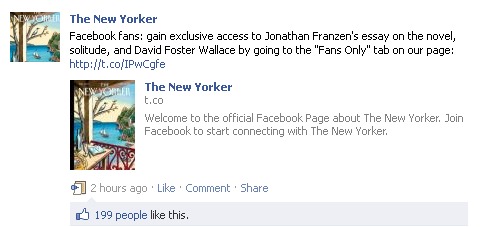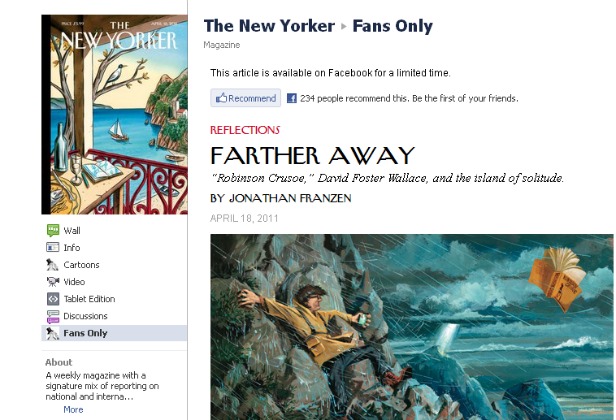Rupert Murdoc has predicted that there will be no newspapers in ten years time, saying internet competition and government overregulation will lead to its demise, The Gaurdian is reporting.
Murdoch, News Corps chairman and chief executive begged Lord Justice Leveson for “some care” in his decision for the future of press regulation in the UK. The inquiry comes after News of the World phone-hacking scandal.
“We’re dealing in a very complex world with disruptive technologies, and we’re suffering at the hand of those, so when it comes to regulation, I just beg for some care,” he said to the Leveson inquiry in London on Thursday. “A varied press guarantees democracy and we want democracy rather than autocracy.”
Murdoch claims that newspapers are under extreme pressure from the internet. While some, himself included, still prefer to actually hold a paper in their hand, this dying breed will not last forever.
“Every newspaper has had a very good run… It’s coming to an end as a result of these disruptive technologies. I think we will have both for quite a while, certainly ten years, some people say five. I’d be more inclined to say 20, but 20 means very small circulations.” Adding, “I think you have a danger of regulating, putting regulations in place which will mean there will be no press in 10 years to regulate.”
“The fact is, the internet came along, slowly developed as a source of news, and now is absolutely in our space and I think it’s been responsible for a lot of loss of circulation.”



